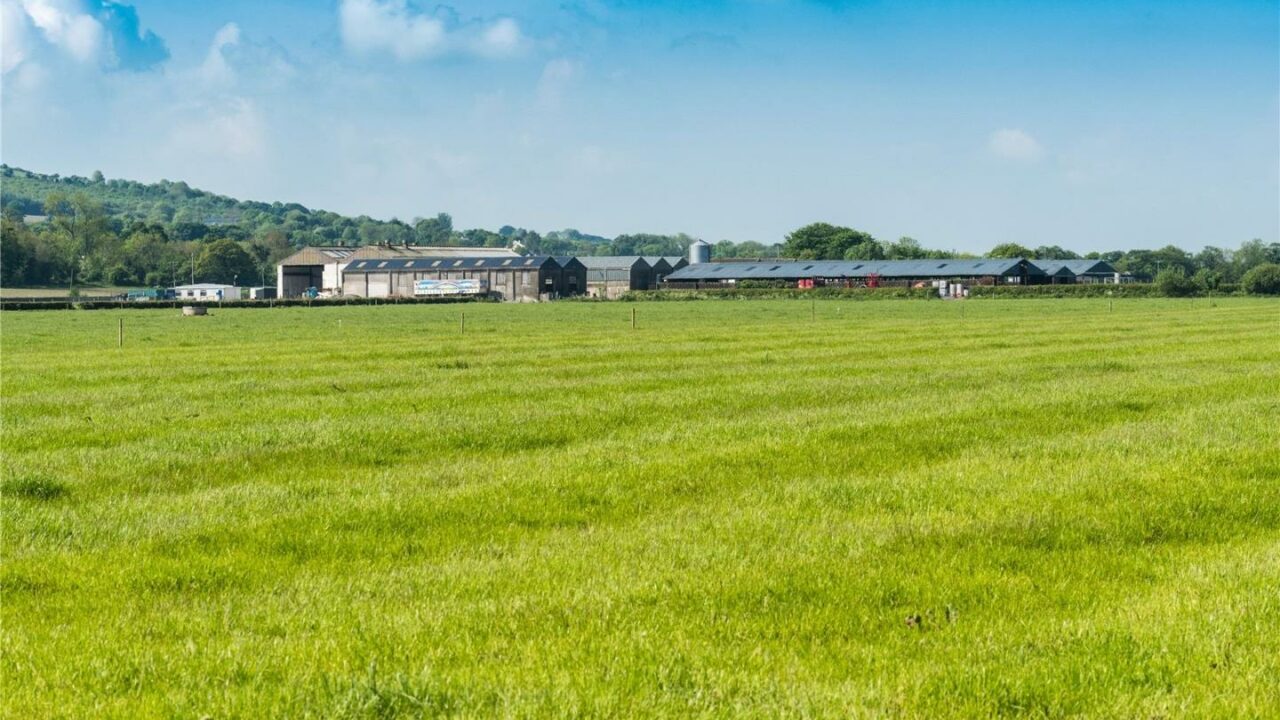The first thing usually mentioned when discussing land rental is the cost of the rent; it’s actually not the most important thing, according to Dr. Laurence Shalloo of Teagasc Moorepark.
He made the comments at Wednesday’s Irish Grassland Association Dairy Summer Tour, which was held in Co. Kilkenny.
Really what you should be considering, he said, is the amount of investment needed in the piece of land and what the term is.
“The length of the lease is very important, but also the investment that’s made and who puts in that investment.
“Putting in the grazing infrastructure and also the housing and milking facilities is not too far off an investment of €2,500/cow.
“For example, investing €2,500/cow and renting the land for €500/ha; the depreciation and funding cost over a 10-year period is €825/ha.
The real cost here is €1,325/ha.
“In a 10-year lease that land is costing the farmer €1,325/ha, whereas over a 20-year lease it would cost €981/ha.
Shalloo said there is a huge advantage of having the majority of investment made before going on to the rented farm.
Land transition from one active farmer to another
Irish dairy farmers have relatively low levels of debt, when compared to other dairy-producing countries such as New Zealand, Denmark and Holland.
In New Zealand, debt levels on-farm are approximately $22-24/kg milk soilds (MS). In Denmark and Holland debt levels are around €22/kg MS and €10/kg MS respectively.
A lot of that debt is because of how land is transitioned from one active farmer to another active farmer, according to Shalloo.
“In Ireland, we don’t have a tradition of land purchase. We have very little land purchasing in effect and I’d argue, as we stand back from it, this mightn’t be a bad thing.
Shalloo explained that leasing, share farming, or a farm partnership allows for the transition of land from one active farmer to another without incurring huge debt.
“For example, a dairy farmer with 50% of their own land and 50% of their land leased versus a farmer who has 50% of their land purchased; the difference in cash costs is approximately 6c/L.
“In terms of the overall picture, the farmer who leased land has lower costs than the farmer who purchased land,” he added.
Shalloo took the opportunity to remind farmers that without ever leasing a hectare of land, there is loads of potential on the vast majority of farms to drive up grass growth by investing in soil fertility and grazing infrastructure.
“Nationally we are growing about 10.5t of grass per hectare, so there is huge potential there to increase that to 14-15t/ha.
Prioritise growing grass on-farm first, then consider contract rearing heifers and then look at land leasing options.
“There is a higher return from increasing grass growth through investment in soil fertility, than jumping to the land lease,” Shalloo said.
Getting the farm productive quickly
When you take on a land lease, it’s a fixed term and there’s generally a significant investment associated with taking on that land, Shalloo said.
The faster that farm gets productive, the better.
“The break-even price required drops as the farm gets more productive – with higher grass utilisation and more milk produced.”
In terms of the investment, Shalloo told farmers to remember that it is a fixed term. “Don’t over-capitalise; it’s not your own farm,” he advised.
Shalloo expressed his views on the ongoing dairy expansion in the country, saying: “I think we need to be a little bit more planned.
“Have a strategy and invest in the relationship with the land owner; the relationship is the most important thing,” Shalloo concluded.
